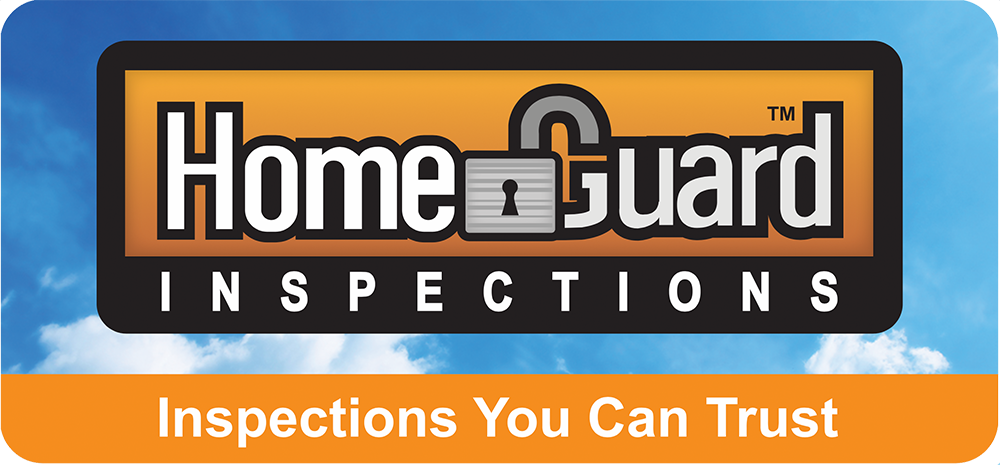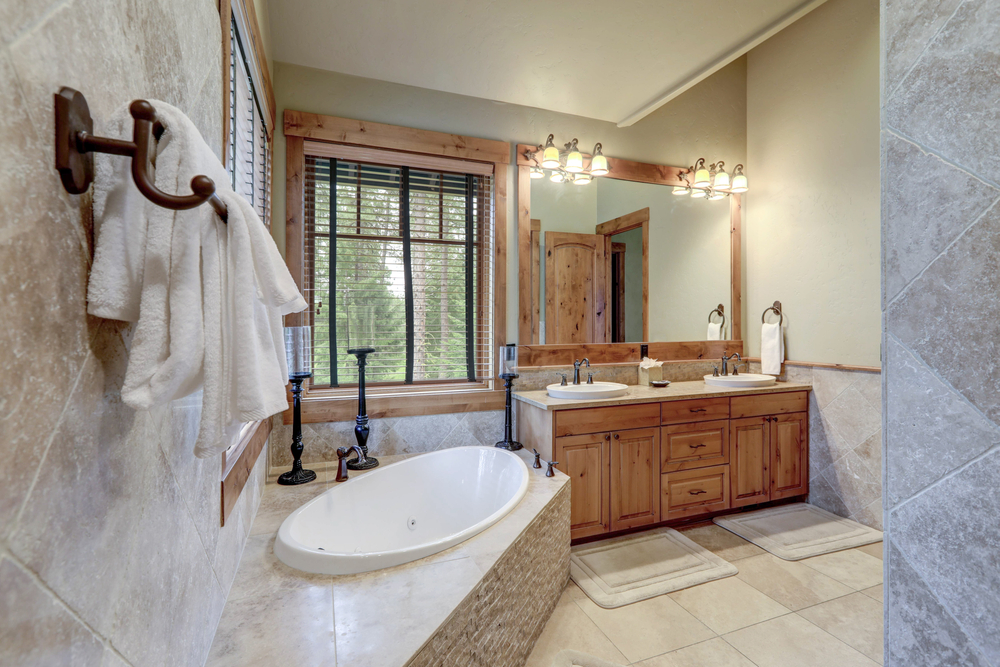Understanding what potential risks lurk beneath the surface of your prospective new home is critical. In this article, we will dive into one material in particular: polybutylene plumbing. From what it looks like and how to identify it, to exploring the risk associated with having polybutylene pipes running throughout your home – here’s everything you need to know when assessing homes that may have Polybutylene piping.
Beware of Polybutylene Pipes
Polybutylene plumbing became a popular choice for home-builders during the 1970s and ’80s due to its lower cost – unfortunately, it has since caused numerous issues in many homes. The material can easily break down and leak over time, meaning that prospective homeowners need to be on the lookout for Polybutylene piping when purchasing a home. Besides potentially having to replace these pipes, which can be expensive, Polybutylene also poses additional risks such as water damage from leaks in walls, floors, and ceilings. To protect yourself against possible plumbing problems, it is important to look out for signs of existing Polybutylene piping and know what it means to own a home with it.
Spotting Polybutylene Plumbing
When looking to identify Polybutylene piping in your home, the best place to look is in the mechanical room or wherever the water heater is located. This is because this type of plumbing was often used for water supply lines leading to and away from the water heater. Polybutylene pipes are usually gray and will have a silver or metallic-looking crimp at each fitting or joint. It’s important to note that not all rigid and flexible plastic pipes are polybutylene so it can be difficult to tell if you don’t know what you’re looking for.
Risks Associated with Polybutylene
Purchasing a home with Polybutylene plumbing means you may face several risks. One would be an ongoing concern over leaks and other water-related damage to the home. Another is the possible expense of removing the polybutylene piping and replacing it with a different type of piping. Lastly, you could have difficulty selling your home down the road due to another buyer’s hesitations about potential problems with polybutylene piping. All in all, owning a home with polybutylene piping is not the end of the world however a home buyer should be aware of and understand the risk associated with this type of piping.
Cost of Replacing Polybutylene
When considering the estimated cost to replace polybutylene plumbing in your home, there are several factors to consider. The estimated price range for replacing polybutylene typically falls between $500 and $5,000; however, some jobs may be more expensive depending on the size of the home and any additional expenses that might be needed such as removing sheetrock or patching drywall. Although the estimated replacement cost of polybutylene can arguably be expensive, replacing it decreases the risk associated with this piping material and puts you in a better position when selling the house.
Bringing It All together
Due to the potential headaches associated with Polybutylene piping in a home, It is wise to know how to spot it in a house and size up the amount of piping that exists in the home. Know that if you purchase a home with polybutylene plumbing, you should plan to have it replaced with modern piping whenever reasonably possible – either all at once or by sections as you are making repairs or remodeling areas of the home that may still have this type of piping.
HomeGuard Inspections™ offers home inspection and commercial property inspection services in the Salt Lake City metropolitan area from Ogden to Spanish Fork and Heber to Tooele. Contact us to request an inspection.

